Travel
10 Sights Not To Miss On Your Trip To West Bengal

West Bengal is a treasure trove of diverse landscapes, deep-rooted history, and artistic brilliance. Whether you’re drawn to the colonial elegance of Kolkata or the misty silence of the Himalayas, here are 10 essential places to visit, with facts and historical highlights to enrich your journey.
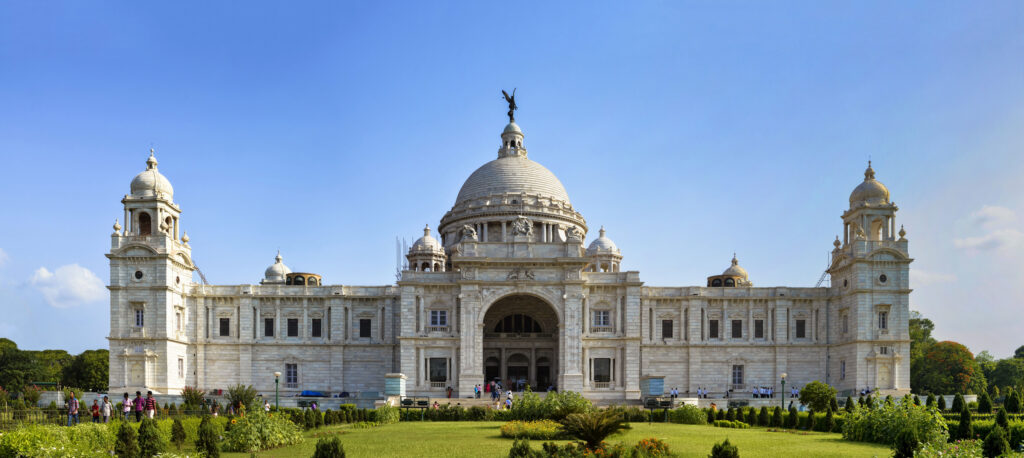
1. Victoria Memorial, Kolkata
- Year completed: 1921
- Architectural style: Indo-Saracenic Revival (mix of British and Mughal elements)
- Size: 338 ft long, 228 ft wide, 184 ft high
Built in honor of Queen Victoria after her death in 1901, the Victoria Memorial was commissioned by Lord Curzon, the then Viceroy of India. The museum inside holds over 28,000 artifacts, including oil paintings, manuscripts, and rare photographs that document colonial India and Bengal’s history. It took 15 years and over ₹1 crore (huge at the time) to complete!
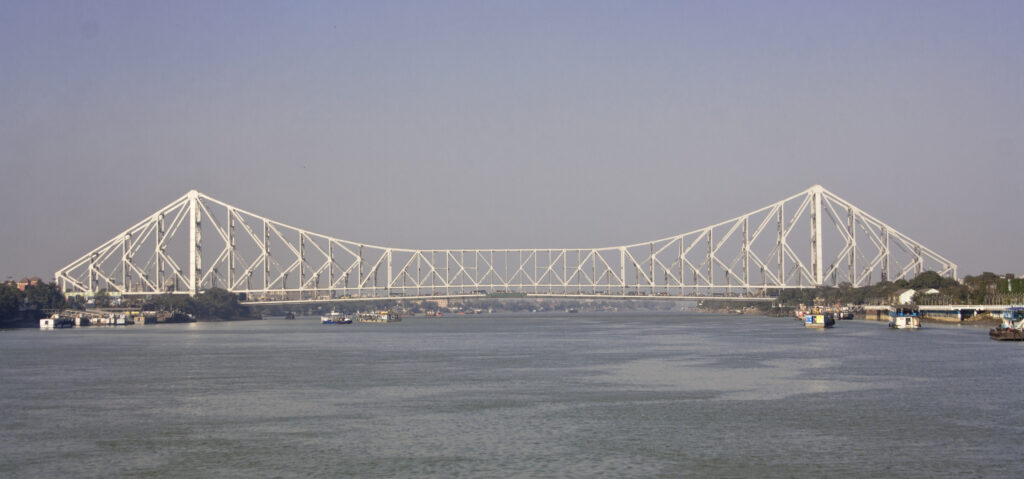
2. Howrah Bridge, Kolkata
- Inaugurated: 1943
- Length: 705 meters (2,313 feet)
- Traffic: Carries over 100,000 vehicles and 150,000 pedestrians daily
Originally called the New Howrah Bridge, this engineering marvel was renamed Rabindra Setu in 1965 after Rabindranath Tagore. It is one of the longest cantilever bridges in the world, built without any nuts and bolts—entirely riveted! The bridge consumes over 26,000 liters of paint during each maintenance cycle.

3. Terracotta Temples of Bishnupur
- Built between: 17th and 18th centuries
- Main deity: Radha-Krishna
- Notable temple: Rasmancha (1600 CE)
Bishnupur was once the capital of the Malla kings, who were great patrons of art. They used locally sourced laterite and terracotta to build intricately carved temples, especially during a time when stone was scarce in Bengal. The Madan Mohan Temple is considered the pinnacle of Bengal’s terracotta artistry.
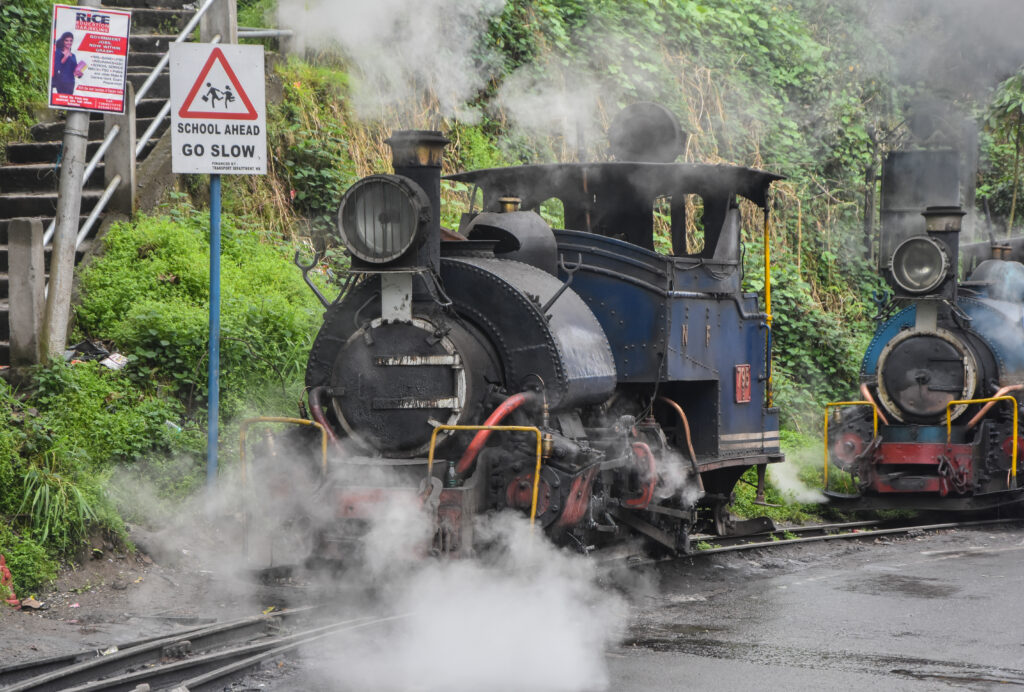
4. Darjeeling Himalayan Railway
- Built: 1879–1881
- Length: 88 km (55 miles)
- UNESCO World Heritage Site: Since 1999
Nicknamed the Toy Train, it climbs from New Jalpaiguri (100 m) to Darjeeling (2,200 m) using zigzags and loops. It’s one of only a few functioning narrow-gauge railways from the colonial era and offers panoramic views of the Himalayas. The iconic Batasia Loop allows the train to negotiate steep elevation while providing a 360° view of the mountains.
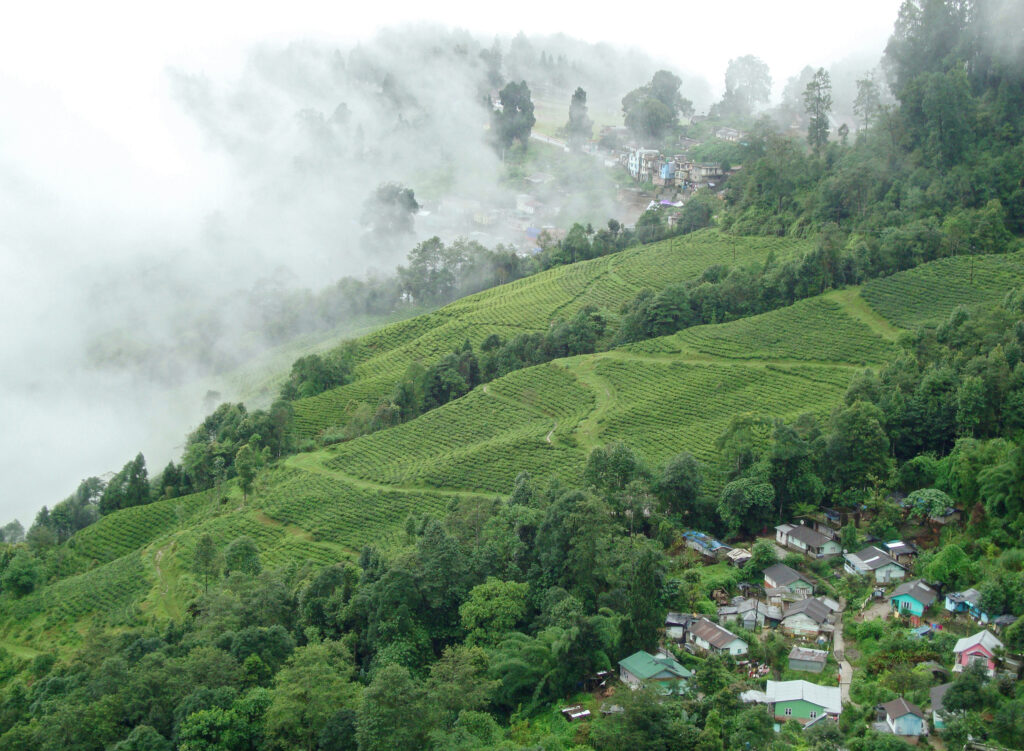
5. Darjeeling Tea Gardens
- First planted: 1841 by Archibald Campbell
- Altitude: 600 – 2,000 meters
- Total estates: ~87 tea gardens
Darjeeling produces some of the world’s finest teas, often referred to as the “Champagne of Teas”. The first flush (spring harvest) is especially prized. You can tour tea estates like Happy Valley, Glenburn, and Makaibari, and even taste freshly processed leaves. Darjeeling tea received Geographical Indication (GI) status in 2004.
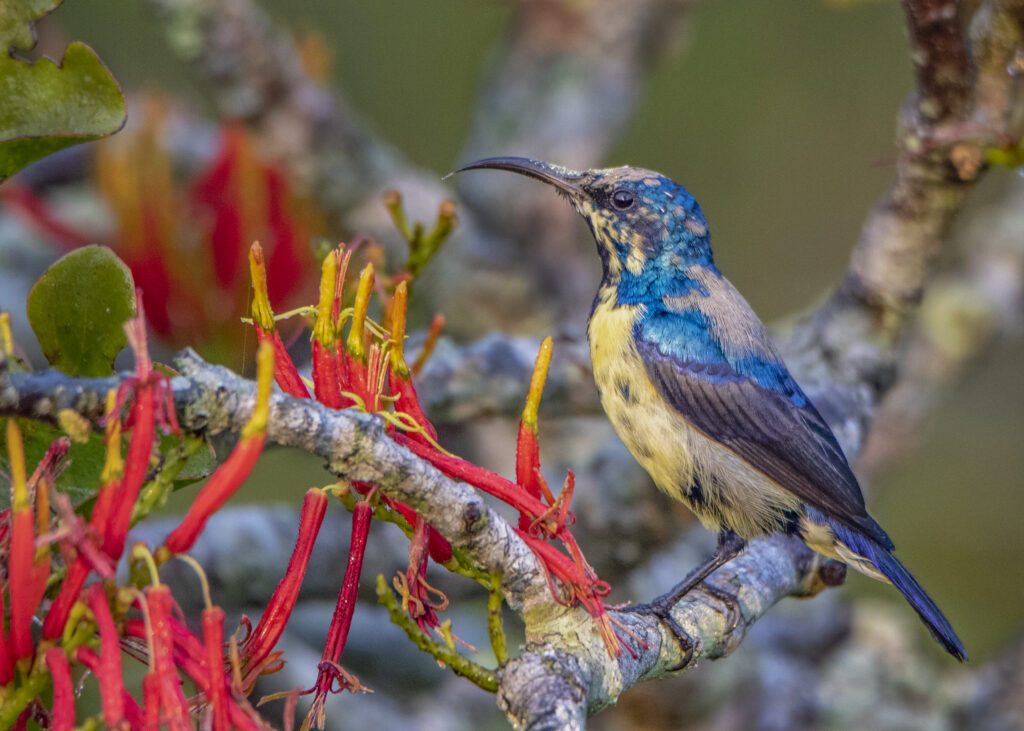
6. Sundarbans Mangrove Forest
- Size (India side): ~4,200 sq. km
- UNESCO World Heritage Site: Since 1987
- Species: ~270 bird species, estuarine crocodiles, fishing cats, and the famous Royal Bengal Tiger.
The largest tidal halophytic mangrove forest in the world, the Sundarbans is intersected by countless rivers and creeks. It’s one of the few places where tigers have adapted to swim and hunt in water. The word “Sundarban” means “beautiful forest”, derived from the Sundari tree (Heritiera fomes), once abundant here.
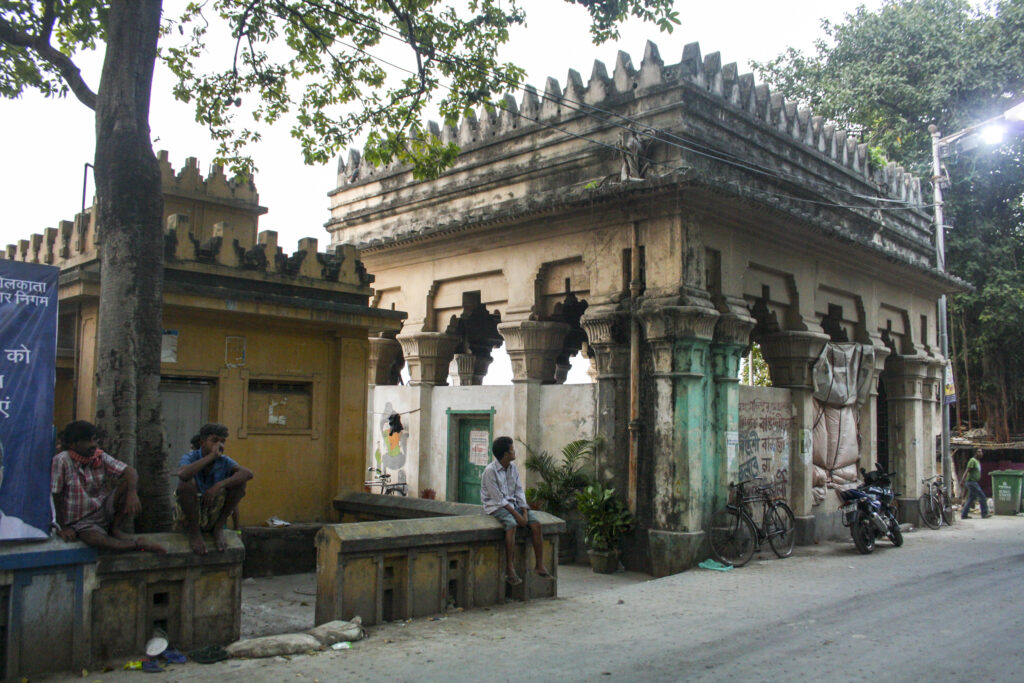
7. Kumartuli, Kolkata
- Estimated artisans: Over 400 families
- Idols made per year: Over 4,000 for Durga Puja alone
Kumartuli is the beating artistic heart of Kolkata’s Durga Puja festival. Here, generations of sculptors create clay idols by hand, beginning months in advance. Each idol can take 20–30 days to make and is sculpted from straw, clay, and bamboo. Visit before Durga Puja (August–October) to see the studios in full creative swing.
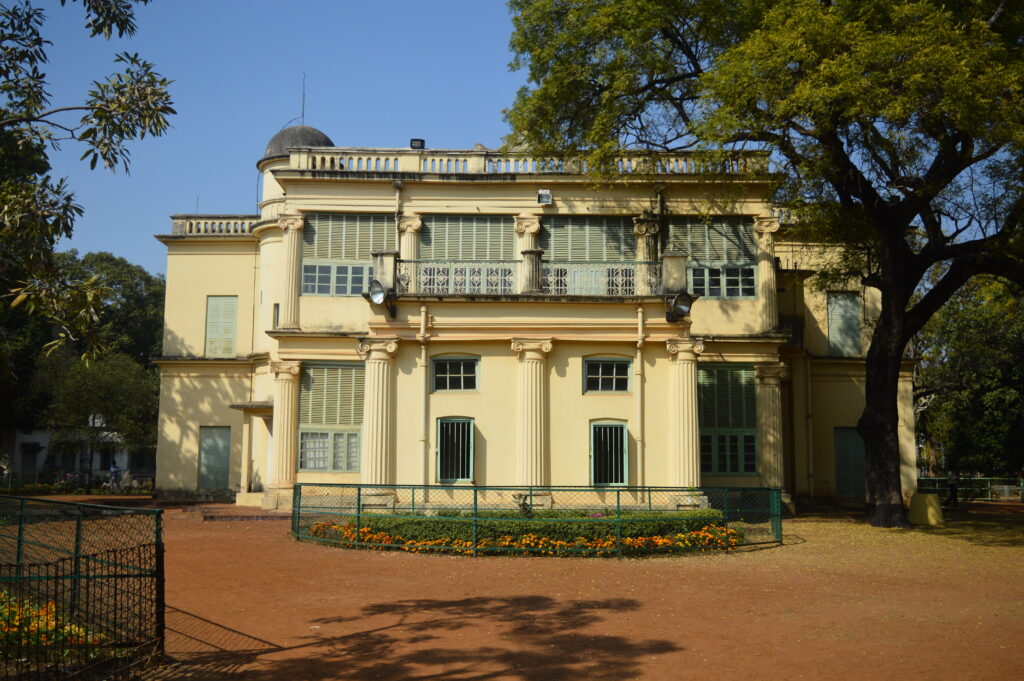
8. Shantiniketan
- Founded by: Rabindranath Tagore
- Institution established: 1901 (Patha Bhavana), Visva-Bharati University in 1921
Shantiniketan was Tagore’s vision of open-air, holistic education. The university offers degrees in art, music, rural development, and literature. The town is filled with murals, Baul singers, tribal art, and quiet inspiration. Annual festivals like Poush Mela and Basanta Utsav (Holi) turn Shantiniketan into a riot of color and cultural performances.
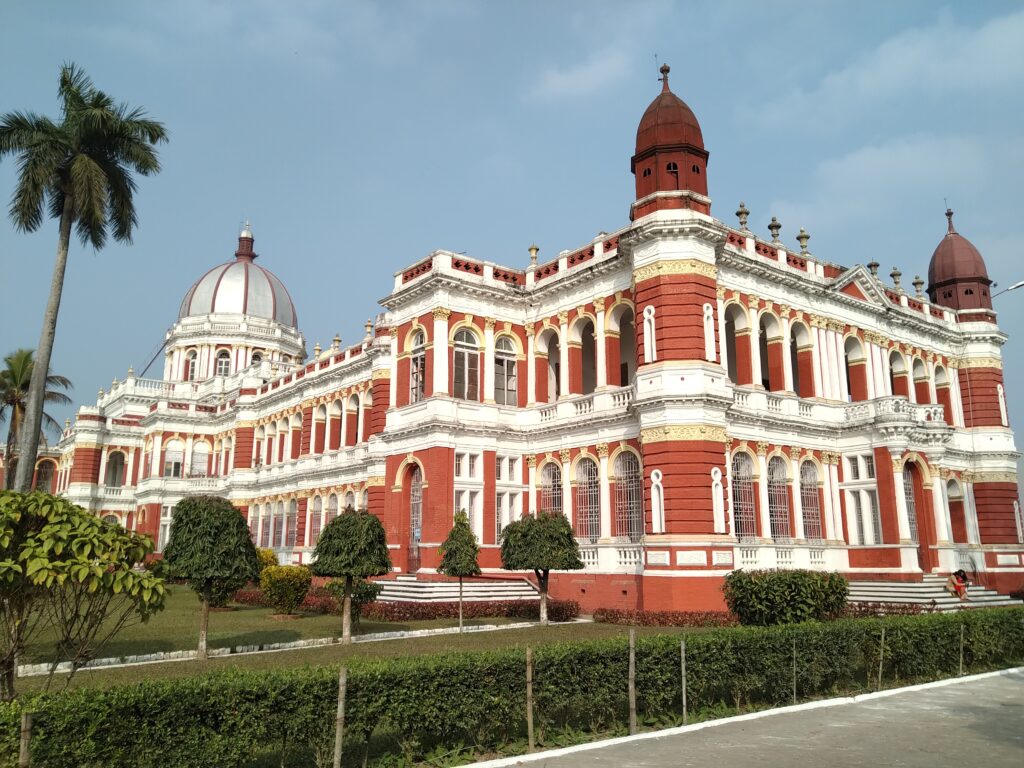
9. Cooch Behar Palace
- Completed: 1887
- Architectural style: Italian Renaissance
- Total rooms: Over 50
Built by Maharaja Nripendra Narayan, this palace was modeled after Buckingham Palace in London. It once housed an elaborate royal court with ballrooms, a billiards room, and a Durbar Hall with a gilded dome. Cooch Behar was one of the few princely states in Bengal during British rule and had a royal family until integration with India in 1949.
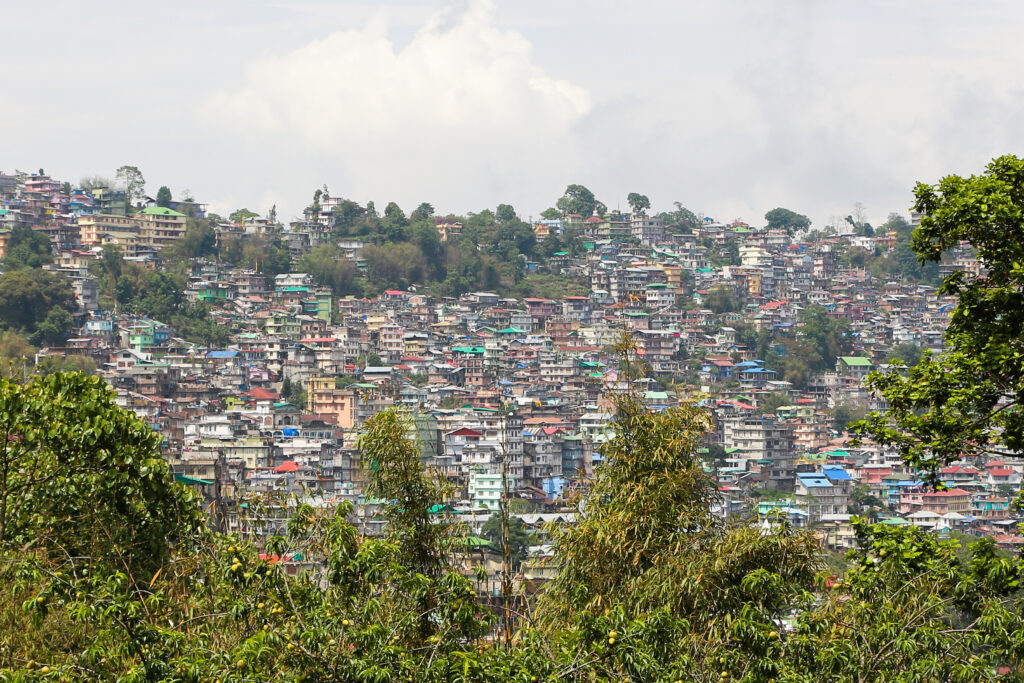
10. Kalimpong & Kurseong
- Kalimpong elevation: ~1,250 m
- Kurseong elevation: ~1,482 m
- Best time to visit: March–May, September–November
These peaceful towns are known for Buddhist monasteries like Zang Dhok Palri Phodang (Kalimpong), colonial-era buildings, and stunning orchid nurseries. They are ideal stops for travelers looking to unwind away from the crowds of Darjeeling. Kurseong is called the “Land of White Orchids”, and Kalimpong once served as a trade hub between India and Tibet.
Final Thoughts
West Bengal is not a place you just “visit.” It’s a region you experience through its living heritage, layered history, and breathtaking natural beauty. Whether you’re boating through mangroves, sipping tea in the hills, or listening to Baul singers under a banyan tree, every moment in Bengal leaves a lasting impression.
Latest Posts
- All Posts
- Bengali
- Cultural Insights
- Hindi
- Immersion
- Language & Linguistics
- Language Resources
- Learn Bengali With Songs
- Learning Tips & Strategies
- Travel

